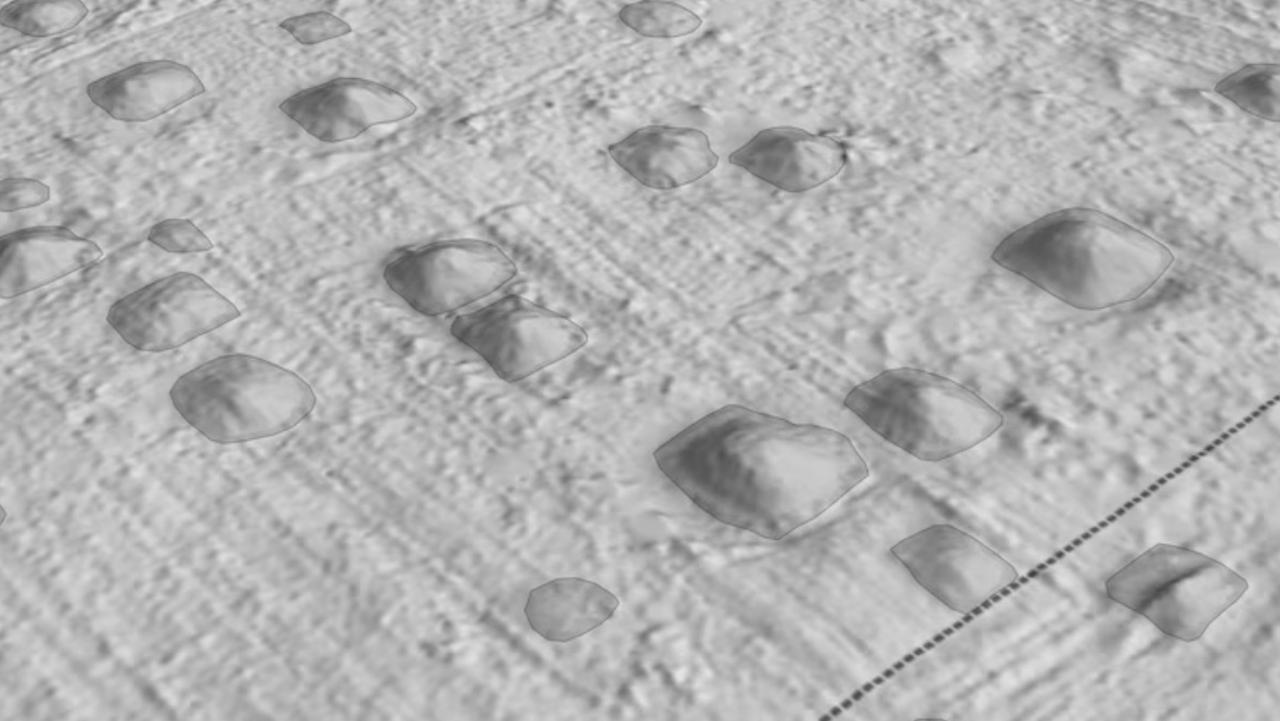Aussies discover insane ancient city

- by Admin
- April 13, 2024

Australian archaeologists have uncovered an ancient city in Tonga using cutting edge technology.
Lead author, PhD scholar Phillip Parton, from the Australian National University used aerial laser scanners to map archaeological sites on the island of Tongatapu, in Tonga.
It could be one of the first cities of the Pacific.
The report noted that it was evidence that the first cities in the area were established much earlier than previously thought.
Their findings also point to the fact that Indigenous inhabitants began urbanising their society well before westerners arrived on their shores.
“Earth structures were being constructed in Tongatapu around AD 300 (300 CE),” Mr Parton said.
“This is 700 years earlier than previously thought.”
The researchers were able to identify nearly 10,000 mounds that once belonged to ancestors of the island.
“When people think of early cities they usually think of traditional old European cities with compact housing and windy cobblestone streets. This is a very different kind of city,” Mr Parton added.
Another exciting discovery that came out of it was their revelations around urbanisation.
Mr Parton said traditionally, studying urbanisation in the Pacific was hard due to challenges collecting data, making it difficult to know when it first started happening.
But aerial laser scanners have changed that.
“We were able to combine high-tech mapping and archaeological fieldwork to understand what was happening in Tongatapu,” he said.
“Urbanisation is not an area that had been investigated much until now.
“But it shows the contribution of the Pacific to urban science. We can see clues that Tongatapu’s influence spread across the southwest Pacific Ocean between the 13th and 19th centuries.”
According to Mr Parton, the low density low-density urbanisation in Tonga worked perfectly well, but the influence of Europeans changed the way the island built and structured its housing.
The Latest News
-
November 23, 2024‘My story’s still not done’: Joel Dahmen drains ticklish putt to make cut at RSM, keeps hopes alive of retaining tour card – Australian Golf Digest
-
November 23, 2024Australian PGA 2024: LIV Golf’s 54-hole starts good prep for rain-shortened event, says Herbert – Australian Golf Digest
-
November 23, 2024Australia v India: first men’s Test, day two – live
-
November 23, 2024Live Test updates: Indian speedsters continue rout of Australia as Bumrah takes five
-
November 23, 2024Live: Mitch Starc provides some resistance as India turn the screws on day two of first Test





